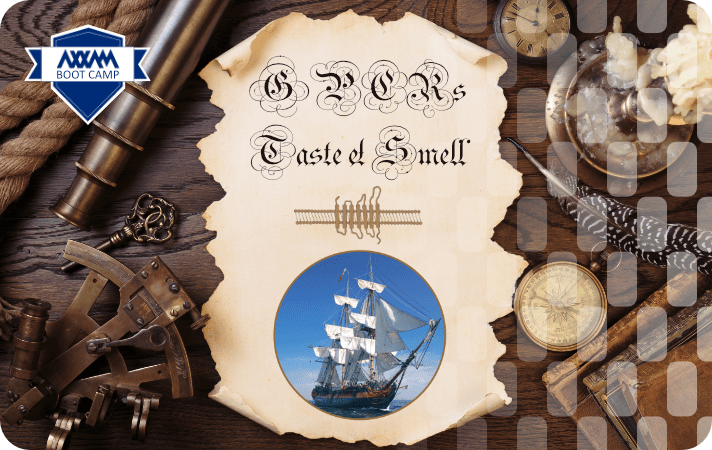Webinar

GPCRs: Master & Commander also for the perception of Taste and Smell

Stefan’s reflection on sensory GPCRs
“It is really fascinating how taste and odor perception works at the molecular level. Again, nature favored for this job g-protein coupled receptors (GPCRs), due to their impressive ligand recognition capacity (MASTER) linked with an exceptional signal amplification (COMMANDER) anchored in their amazing structure. Sweet, umami and bitter taste perception and all the different odors we smell ranging from those incredibly unpleasant smells that make us feel nauseated, like rotten eggs, to the much more pleasant floral perfumes such as Lilly of the Valley, are all detected by a sophisticated plethora of GPCRs.
To make this possible the human genome encodes 25 different bitter receptors and approximately 400 different olfactory receptors, making it the largest family of all the GPCR classes.
Our business unit, IMAX Discovery, has developed specific and very sensitive functional assays for all the different human bitter and olfactory receptors, as well as for companion animals like dogs and cats.
In this webinar, we will use case studies to illustrate how these unique platforms can be used to identify novel ingredients for flavor modulation or to identify for the first time for a known ingredient its corresponding receptor (de-orphaning). Furthermore, a short outlook will be given regarding the roles of bitter and olfactory receptors in human pathologies.”
Stefan Lohmer, CEO, Axxam
Webinar Summary:
Taste and olfaction are vital human senses that are mediated by G protein-coupled receptors (GPCRs). These receptors are a class of membrane proteins that are activated upon binding of specific chemical ligands, such as small molecules or odorant molecules, triggering a cascade of signalling events that ultimately lead to the perception of taste or smell. The proper functioning of the gustatory and olfactory systems has important implications for human behaviour, nutrition, and overall health.
However, dysregulation of these receptors has been linked to a variety of diseases and disorders, including but not limited to anosmia (loss of smell) and ageusia (loss of taste). To better understand the molecular mechanisms underlying these senses, research is ongoing and provides valuable insights into the potential therapeutic targeting of these receptors for the treatment of various pathologies and dysfunctions.
To further advance our understanding of these receptors, a webinar will be conducted to demonstrate how cell-based assays can be utilized to gain a deeper understanding of the molecular mechanisms and the potential for targeting these receptors for not only flavour and fragrance applications, but also for the treatment of various diseases and disorders.
Keywords:
GPCR; taste; olfaction; taste receptor; taste modulators; bitter taste; bitter masking; TAS2R; olfactory receptor; odorant receptor; odor perception; taste perception; malodor; fragrances; bitter.
Speakers:
– Stefan Lohmer, CEO, Axxam
– Marcel Winnig, Business Unit Head, IMAX Discovery

Stefan Lohmer is Axxam’s co-founder and Chief Executive Officer. Prior to founding Axxam, he was head of the assay development unit at the Bayer Research Centre in Milan and the Head of Genomics worldwide for Bayer AG. He was responsible for generating and managing Bayer’s external genomic alliances with Millennium and Lion Bioscience. Stefan Lohmer joined Bayer in 1992. He holds a degree in Molecular Biology and Biochemistry from the University of Cologne and completed his PhD at the Max Planck Institute for Plant Breeding in Cologne.

Marcel Winnig is the Business Unit Head of IMAX Discovery at Axxam GmbH. Prior to that he held the role of Principal Investigator in the Discovery Biology Group at Axxam SpA, where he was responsible for all proprietary and service programs related to IMAX Discovery. Before joining Axxam in 2007, he was a Ph.D. student at the German Institute of Human Nutrition investigating the structure-function relations of the sweet taste receptor. Marcel has co-authored several original peer-reviewed articles and book chapters. He is co-inventor of different patents involving bitter taste receptors, olfactory receptors and new classes of savoury compounds.
